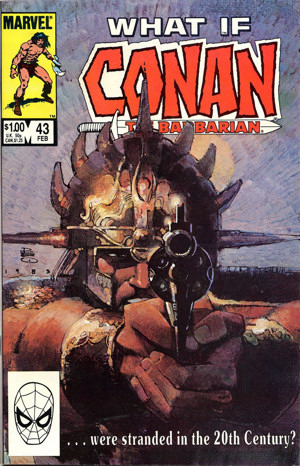
software development
Why Does Software Spoil?
In the software industry, the release of newer, better versions is part of the natural order. It’s a relentless march towards perfection that started with the first personal computers, and continues today. We expect software to get larger and more sophisticated over time, to track with the hardware improvements










